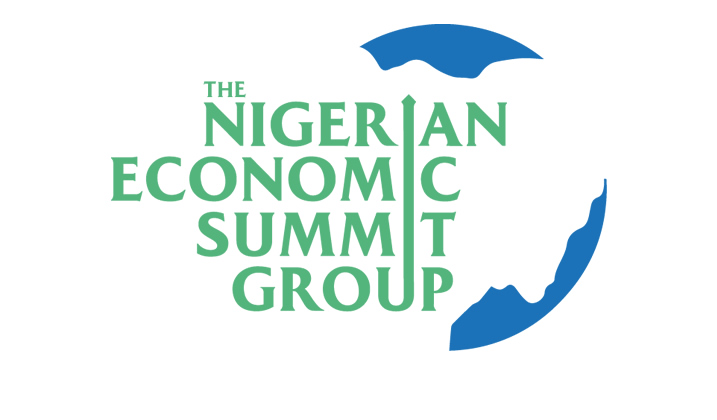Nigeria’s business landscape witnessed a modest upswing in January 2025, marked by a slight rebound in commercial activity. However, underlying structural impediments continued to hamper profitability and sustainable growth. The prevailing high foreign exchange rate, coupled with escalating import costs, significantly eroded profit margins and complicated pricing strategies for businesses across various sectors. Access to financing remained a persistent bottleneck, further constraining growth prospects. The challenging economic environment, characterized by frequent power outages, limited credit availability, and policy uncertainties, added to the difficulties faced by businesses.
The resurgence in commercial activity was reflected in the improved Current Business Performance Index, which climbed to 5.69 in January from 0.77 the previous month. Despite this positive trend, the cost of doing business remained elevated, highlighting the persistent operational challenges. The dual burden of high exchange rates and rising import costs drove up operational expenses, while weak consumer demand suppressed revenue growth, creating a squeeze on profitability. Investment levels also contracted, signaling a reduction in capital inflows, further compounding the difficulties. The manufacturing and service sectors were particularly vulnerable to rising production costs, which put additional strain on their profit margins.
A sectoral analysis reveals varying degrees of performance. The manufacturing sector, while still recording a negative performance, showed marginal improvement. However, high production costs, difficulties in accessing foreign exchange, and subdued consumer demand continued to pose significant challenges. The textile, apparel, and footwear sub-sector, along with the motor vehicle and assembly sub-sector, experienced particularly steep declines. The non-manufacturing sector, encompassing oil and gas services, construction, and natural gas, also witnessed a downturn, reflecting subdued activity and economic uncertainty. Investment in this sector plummeted as firms adopted a cautious approach to expansion amid high borrowing costs and policy concerns.
The services sector continued to grapple with challenges, albeit with a slight improvement in performance. While telecommunications and information services, along with financial institutions and real estate, performed relatively well, driven by seasonal demand, other sub-sectors like broadcasting and professional services struggled. The escalating cost of doing business further strained profitability across the services sector. The trade sector demonstrated signs of recovery, boosted by improved sales performance at the start of the year. The retail segment returned to positive growth, while the wholesale segment remained in negative territory. Increased consumer spending and trade restocking bolstered cash flow in the sector. However, high borrowing costs and limited credit access remained significant constraints.
The agricultural sector emerged as the sole positive performer, driven by steady demand. Crop production and livestock sub-sectors recorded modest gains, while agro-allied and forestry struggled with high input costs and weaker demand. Despite the strong demand, investment levels in the agriculture sector declined, reflecting a cautious approach to expansion amid prevailing economic uncertainties. Overall, the high exchange rate and increasing import costs emerged as the primary obstacles to profitability across most sectors, driving up operational expenses and squeezing profit margins. Weak demand conditions further exacerbated the situation by limiting revenue growth.
Looking ahead, businesses expressed moderate optimism for the next three months, anticipating improvements in production, cash flow, employment, and operating profit. The manufacturing sector exhibited the highest level of optimism, followed by non-manufacturing, agriculture, and trade. The services sector, burdened by persistent cost pressures, displayed the least confidence. While businesses anticipate some improvements in the near term, concerns remain over persistent inflationary pressures, high interest rates, and weak consumer purchasing power. These factors represent potential risks to growth and underscore the fragility of the current economic recovery. The need for policy interventions to address structural constraints, particularly access to foreign exchange and financing, remains crucial for fostering a more robust and sustainable economic recovery.


